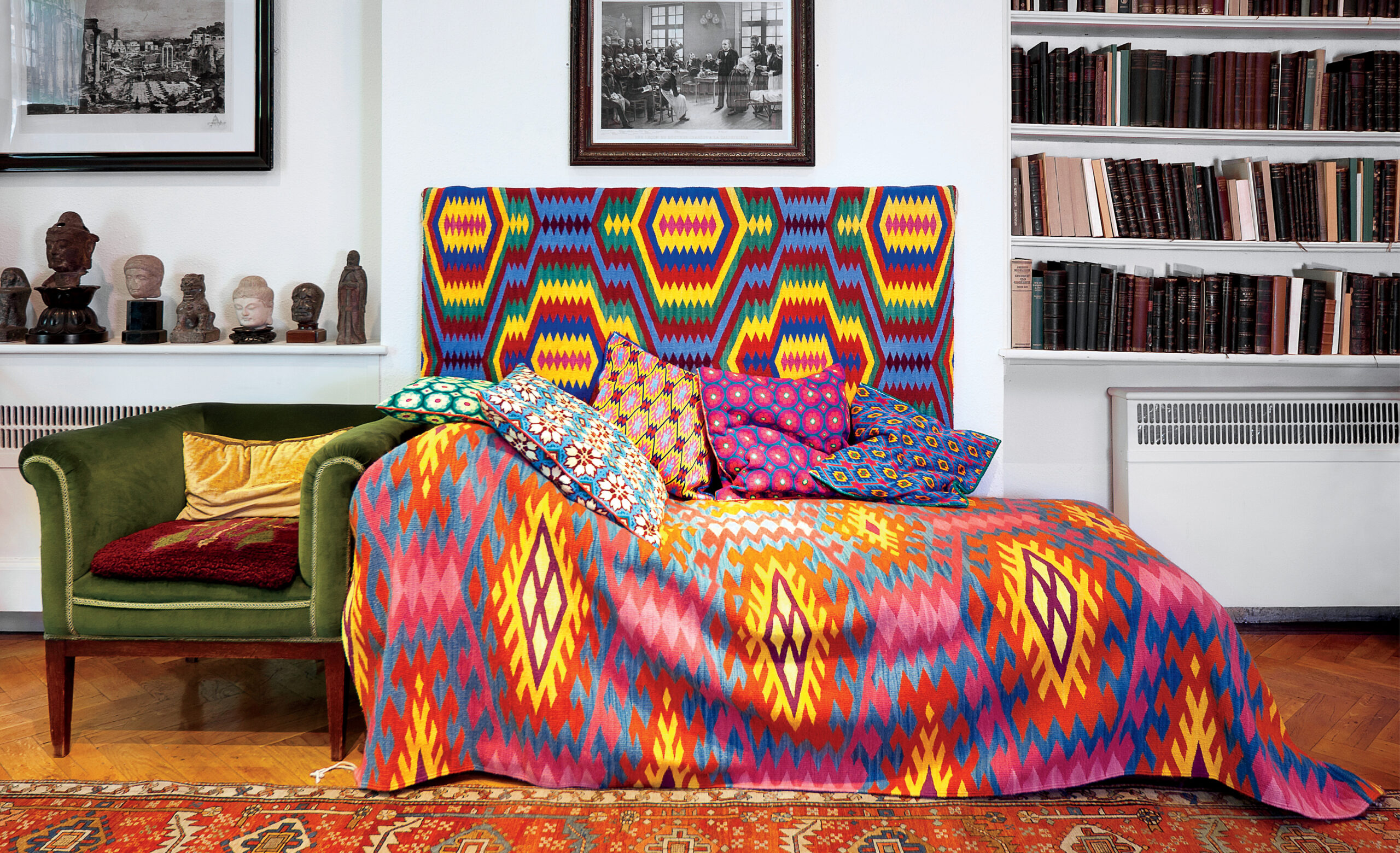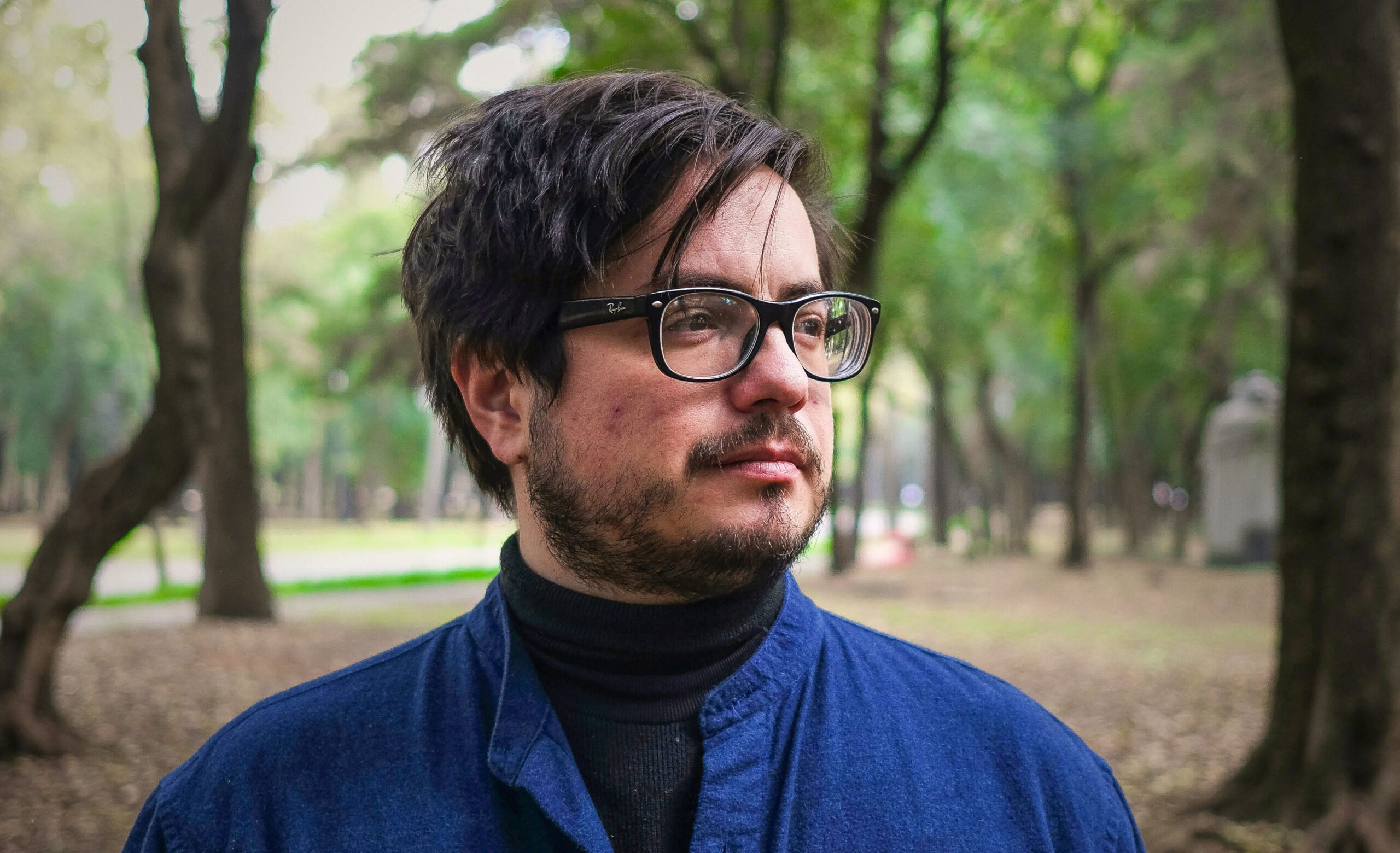Prussian Blue - Memory After Representation: Yishai Jusidman at Americas Society
Prussian Blue - Memory After Representation: Yishai Jusidman at Americas Society
On January 23, Americas Society will open a new exhibition by Mexican painter Yishai Jusidman who addresses the meeting of collective memory and aesthetics in his series on Holocaust-era gas chamber architecture.
New Series by Los Angeles-based Mexican Painter Examines Narratives and Memory Surrounding the Holocaust
New York, December 20, 2012—Prussian Blue - Memory After Representation: Yishai Jusidman, a new series by Mexican painter Yishai Jusidman, will be on view at Americas Society from January 23 through March 24, 2013.
In his new series Prussian Blue, Jusidman finds an alternative way to address the meeting of collective memory and aesthetics in order to deal with major concerns of both contemporary memorials and history-based artistic deliverances. Notably, Jusidman’s paintings provide an insightful approach to the dark strictures that have dominated the production of works dealing with the representation of the Holocaust. At the source of the fourteen paintings in the Prussian Blue series are photographs of the gas chamber architecture at various concentration camps from World War II. The exhibition includes a condensed library-archive space in which selected books and films about the relationship between memory, trauma, and artistic representation will be available for the use of the public. A press preview with the artist will be held on Thursday, January 23, 2013 from 10 a.m. to 11 a.m. On March 5, a panel discussion featuring the artist and art historians and critics will address issues pertaining to memory, trauma, and representation.
Prussian Blue – Memory after Representation: Yishai Jusidman is curated by Gabriela Rangel with the research assistance of Anya Pantuyeva, Veret Engelhard, and Christina de Leon. The exhibition is made possible by support from the Mexican Cultural Institute of New York. The Americas Society Winter 2013 Visual Arts Program is also supported in part by public funds from the New York City Department of Cultural Affairs in partnership with the City Council.
Responding to an ethical imperative inspired by the works of Primo Levi and Claude Lanzmann, Prussian Blue aims to assert Jusidman's artistic investigation into the complexities of our contemporary visual experience through an operation that collates the materiality of the medium and the perception of the image in the meaning of the picture.
The Prussian Blue series—developed between 2010 and 2012—is paired with efforts undertaken by painters such as Gerhard Richter, Luc Tuymans, Eugenio Dittborn, and Marlene Dumas, who previously worked with genocide images inflicted by trauma and collective memory in which photography mediated the production of history through appropriation. Within this lineage, Jusidman departed from photographs of the concentration camps that have circulated since the Nuremberg Trials. However, he eludes traces of conceptual and pictorial detachment by a constant insistence on the viewer’s active participation to fulfill an inherent attribute of his art: to “make silence speak.” Jusidman suggests an alternative narrative regarding the Shoah that does not intentionally teach nor moralize, but meditates on the experience of an individual concerning the remembrance of a collective trauma. This message can only exist in such well-formulated pictorial schemes that harmonize the interplay between what the artist calls the “pictorial plane” and the “plastic effect” of a painting. In so doing, the paintings’ materiality and the artist’s practice are explicitly advocated by the use of materials that signify the content itself and reinforce the works’ handcrafted condition.
Some of the photographs in the Prussian Blue series were taken soon after the end of the war and others are more recent images of the camps now turned into public memorials. For the development of his pictures, Jusidman exclusively used three coloring materials that overlap the process of painting and the functioning method of the homicidal gas chambers. The first color is the same Prussian blue pigment (Ferro cyanide) that unintendedly appeared on the walls of the gas chambers as a by-product of the Zyklon B gas. The artist not only replicates these colored stains in their actual materiality, but also stains the pictures’ settings as a whole in Prussian blue. The second material is a silicon dioxide powder used for the pellets that delivered the gas to the sealed chambers, with which Jusidman creates the suggestion of a vaporous curtain by introducing it into his painting medium. As a third substance, he selected paints conventionally used for rendering skin tones (i.e. flesh tone, flesh tint, blush, etc.) to refer to the millions murdered within the architecture depicted in his work.
With Prussian Blue, Yishai Jusidman proposes a rearticulation of the experience of collective memory in paintings that emphasize their own aesthetic configuration and their material condition to convey their meaning in the eyes of beholders. The exhibition will posit questions about historical narratives, memory, trauma, and representation after the largest engineered genocide in history.
PUBLIC PROGRAMS
On View
January 23–March 24, 2013
Gallery hours:
Wednesday to Saturday
12 p.m.–6 p.m.
680 Park Avenue at 68th Street
New York, NY 10065
View map
Press Preview
January 23, 2013
10 a.m. - 11 a.m.
680 Park Avenue at 68th Street
New York, NY 10065
Americas Society’s Visual Arts Director Gabriela Rangel and artist Yishai Jusidman will host the media and will be available for interviews.
Exhibition Tour with Yishai Jusidman
January 29, 2013
6:30 p.m. - 7:30 p.m.
680 Park Avenue at 68th Street
New York, NY 10065
Artist Yishai Jusidman will lead guests through his solo exhibition Prussian Blue - Memory After Representation: Yishai Jusidman. Following the program, Americas Society members will have the opportunity to attend a private reception with the artist.
Panel Discussion: Painting After Representation
March 5, 2013
6.30 p.m.
Art historians and critics will join Yishai Jusidman in a conversation moderated by Gabriela Rangel about the representation of trauma and collective memory within the context of contemporary painting, photography, and cinema.
Press Inquiries: Please contact Adriana La Rotta at alarotta@as-coa.org or 1-212-277-8384.
Americas Society is the premier organization dedicated to education, debate and dialogue in the Americas. Established by David Rockefeller in 1965, our mission is to foster an understanding of the contemporary political, social and economic issues confronting Latin America, the Caribbean, and Canada, and to increase public awareness and appreciation of the diverse cultural heritage of the Americas and the importance of the inter-American relationship. Americas Society Visual Arts program boasts the longest-standing private space in the U.S. dedicated to exhibiting and promoting art from Latin America, the Caribbean and Canada; it has achieved a unique and renowned leadership position in the field, producing both historical and contemporary exhibitions.







